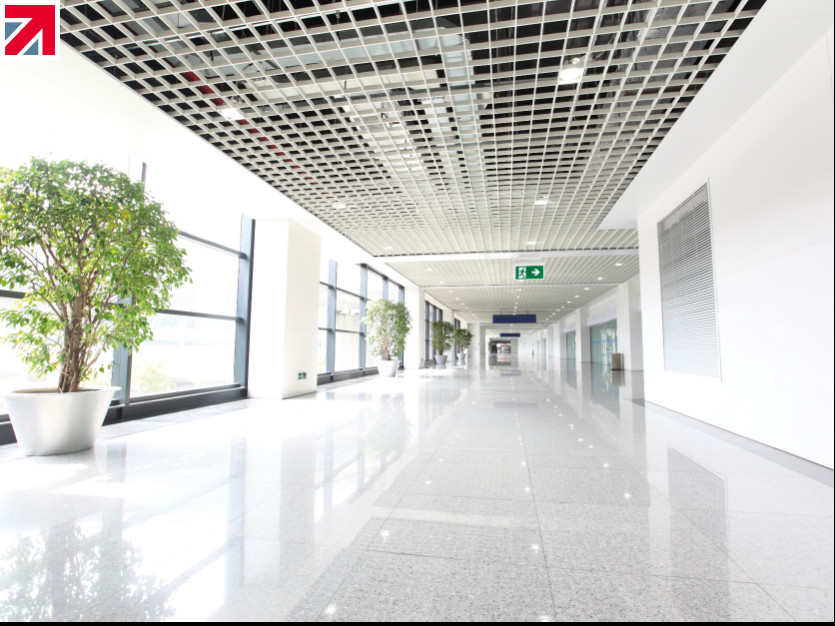An interview with René Joppi, Managing Director at Mackwell
What key developments can we expect to see within the lighting industry over the course of 2022?
The lighting industry is constantly evolving, and this brings new opportunities, technologies and applications to consumers and the building market. In 2022 specifically, we predict there will be a deeper focus on the reaction to the pandemic years with well-being, safety and infection-control at its core. Moreover, sustainability and the circular economy will become part of the major agenda. All these areas are heavily focused on by many lighting companies at the moment and will dominate the developments of the next periods to come.
Will ongoing supply chain issues continue to force businesses to evolve?
Supply chain issues are absolutely critical for business at this time. Not just for lighting but for all industries. Electronic component shortages, in particular, are causing major disruptions in the market. Some parts are almost impossible to source and lead times of over 24 months are no rarity at the moment.
Businesses will require a lot of flexibility and nimbleness to be able to react quickly to these non-availabilities in the market. We recommend companies redevelop their electronics in response to part shortages, alternatively reprogram software and firmware due to changing chip environments. Smaller manufacturers and also manufacturers who do their development and manufacturing in-house have a major advantage in this case as they can react quickly to these changes.
Has the pandemic continued to impact the way companies approach their lighting? How will further disruption affect businesses?
Lighting and emergency lighting is part of the entire building eco-system. Facilities Managers are to make sure that the correct lighting for the right tasks are implemented as well as the safety and well-being which are attributes of good lighting.
The pandemic has highlighted the importance of emergency lighting and increased the awareness of these safety factors. As we continue to navigate the pandemic in 2022, we will see the effect of this increased awareness going forward.
What role can technology play in helping these organisations to evolve?
Technology is the enabler for all additional functionalities such as task-based lighting. Lighting Controls, Emergency Testing and Scheduling are all functions which are already an integral part of technology for lighting.
Looking to the future, lighting is also poised to become an even stronger backbone of a building infrastructure with more than just lighting data being transported. Presence, temperature, CO2 and humidity are all examples of these data points that can be gathered and allows for a better management of the building and its users.
Could supply chain issues actually benefit the long-term success of the industry? With that in mind, how can technology solutions streamline processes and improve customer services?
The supply chain crisis highlighted the dependence numerous manufactures have on outsourcing, specifically off-shore. In response, many in the industry now made the conscious decision to revert back to manufacturing and development in-house. Long term, this will improve flexibility and availability of parts and also makes the industry as a whole more robust for future events of this nature.
How will automatic emergency lighting testing improve in 2022?
With safety and well-being at the top of the agenda for many companies and developers alike, automatic test systems will become even more of a focus going forward. Automatic testing will include even more features and will become more standardised. This includes different technologies like wireless communication and cloud connectivity over whole estates. These technologies will also increase the lifetime and sustainability of batteries, which in the long run will reduce carbon footprints and improve the long term viability of installations.
In the era of the smart building, what role can emergency lighting play? And how can the industry get there in the next year?
Emergency lighting is a mandatory requirement for all buildings, which makes it the perfect candidate to be the backbone infrastructure for all smart services. Future technology developments will bring these services closer together and improve interoperability of them. Emergency lighting and its infrastructure will be at the core of these developments.
Find out more about Mackwell Group on their member profile page here
Member-created content 2 years ago | From members

